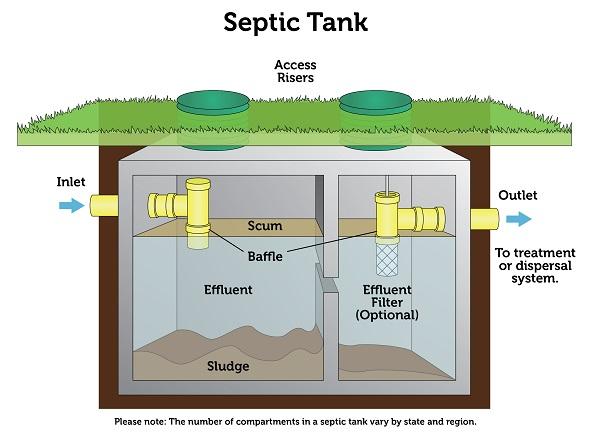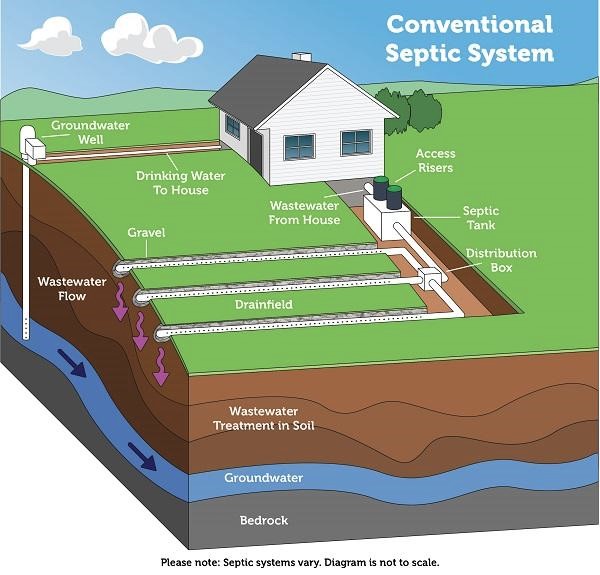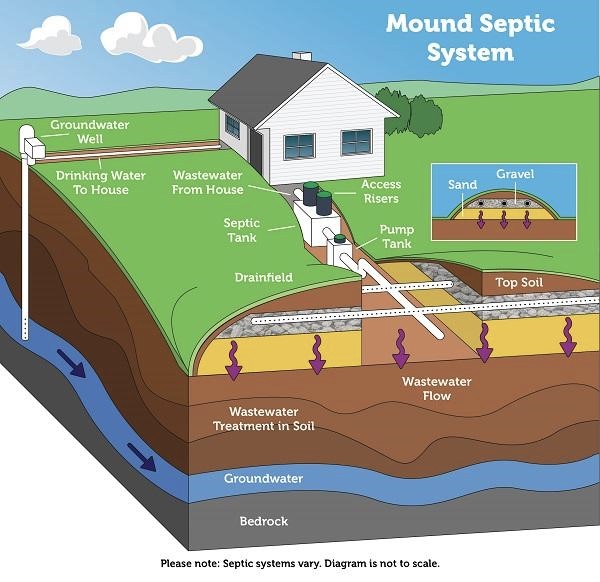Septic Systems
Saturday, April 13, 2019 • Home Buying, Home Selling, Inspections • By: Anne Larson
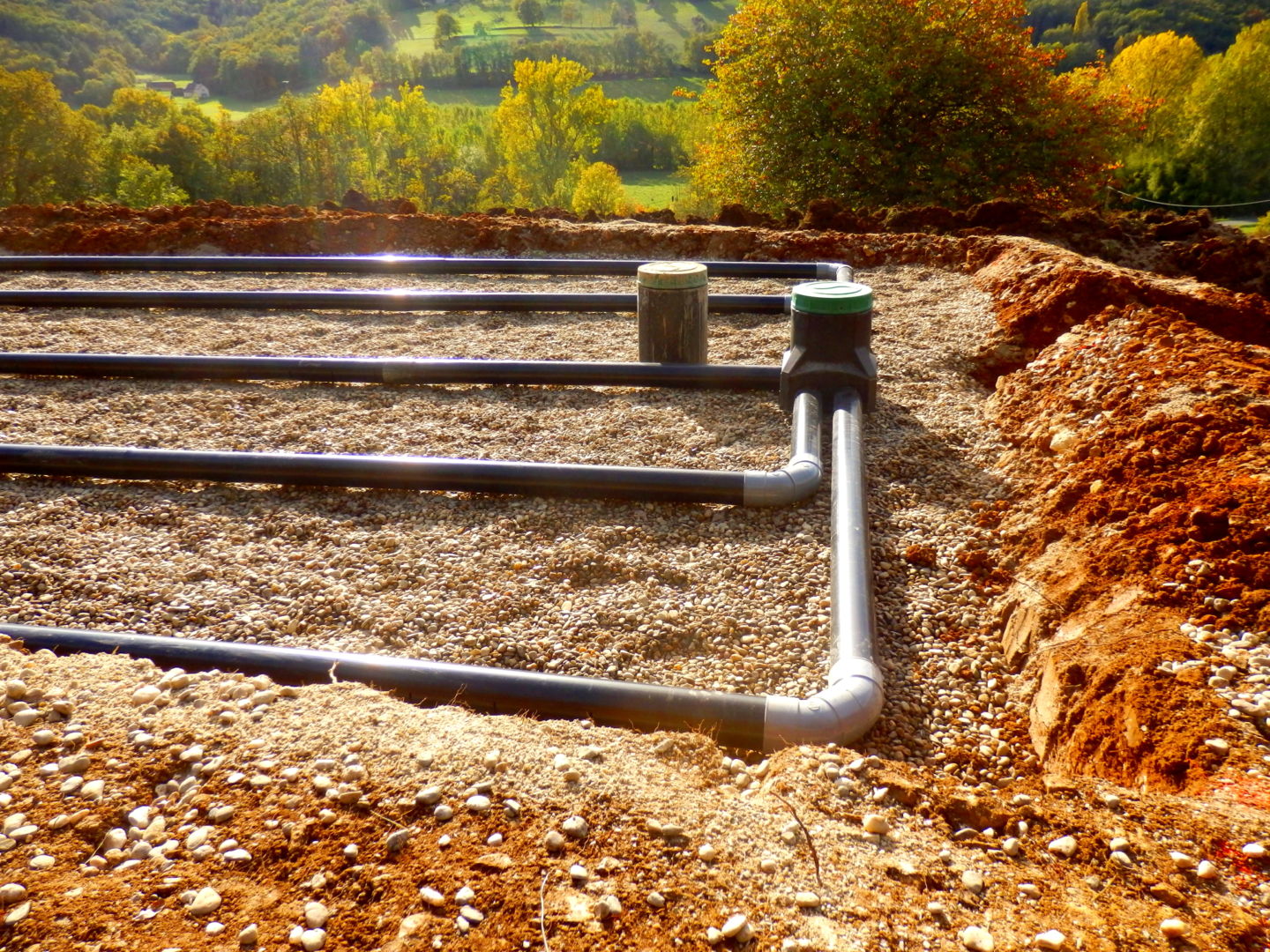
Septic Systems
Septic systems are a type of wastewater treatment system. They drain water from your bathroom, washing machine, and dishwasher, processing it safely and hygienically. The other way to treat wastewater is with a public sewer system, which is maintained by your local city or town and drains all your wastewater into a far-away sewage treatment plant or disposal point. If you’re hooked up to a sewer, you’ll pay for it through your water bill or property tax, and you shouldn’t ever need to worry about it.
Septic systems don’t work that way, they are private sewers that process and drain wastewater, underground, on your own property. Installing them and maintaining them is up to you as a homeowner which can be both difficult and complex.
This article will cover the basics: how septic systems work, whether you need one, how long they last, and how major types of septic systems differ.
How Septic System Work
Typically, a septic system consists of a septic tank and a drain field. The tank is for storage and processing; it’s watertight and made of fiberglass or concrete. Tanks vary in size from about 750 gallons to about 1,250 gallons, depending on the size of your home and the number of baths. The drain field, or leach field, is just an area of land with drain pipes running through it underground.
The system works like this. Waste from your home is brought down to the tank through drainage pipes. Over time, solid waste settles to the bottom, where bacteria gradually decompose it into liquid. Liquid waste, or effluent, flows out of the tank through outlet pipes that run through the drain field. These pipes are usually perforated with many small holes, to allow the wastewater to leak out gradually. As it slowly sinks into the ground and away, it is filtered by the soil and further processed by local microorganisms. Eventually, it joins the local water table.
Who Needs a Septic System
Not everyone has access to a sewage system, and if you don’t, you’ll need to handle wastewater treatment on your own. Even if you do have access to municipal sewerage, there are some cases where it makes more sense to build and maintain your own septic system, whether for ease of use, cost, or other factors. Take note that states and municipalities have very different by-laws governing the installation of drainage systems, so you’ll need to consult local authorities and contractors before installing a septic system of your own.
That said, you’ll want to install a septic system on your property if any of these conditions apply to you:
- If your property depends on well or borehole water.
- If your property falls outside city limits and cannot be served by the municipality’s sewer system.
- If you live in a rural or a less populated area with no sewer line connection.
- If you own a large property, such as a ranch, public sewerage may not be adequate, so you may need a septic system.
The percolation test, and why it matters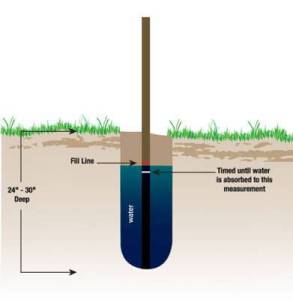
Building a septic system requires approval and authorization, and there are guidelines you’ll need to follow. Some of those deal with the type of soil you have; drain fields require the right mix of sand, clay, and other kinds of dirt in order to filter and process wastewater effectively.
Percolation tests, which measure how quickly and cleanly water is able to move through a given sample of soil, are used to decide whether a septic system can be built in a particular area. If your land has extremely sandy or gravelly soil, water might percolate through it too quickly to be filtered. If your soil is too dense and clay-rich, water might not percolate through it at all or will move much too slowly. Most soils fall somewhere in between.
Once a percolation test has been done, the expert who tests your land will be able to advise you on what type of septic system might be appropriate.
How long do septic system last?
Your septic system should last at least 20 years, with a steel or fiberglass tank, if properly maintained and might last up to twice as long with a concrete tank. By the same token, though, they can fail within a few years under some conditions—for instance, if badly damaged by growing tree roots—and their operational lives will be reduced by flushing harmful products or chemicals, failing to have them regularly inspected and cleaned, or, most importantly, failing to pump them often enough. Solid waste builds up in the bottom of septic tanks and needs to be pumped out. Not removing it can cause the tank to overfill (sending solid waste into your drainage field), or can damage the tank.
To prevent that from happening, plan carefully and stay on top of maintenance. You’ll be rewarded with at least a few decades of consistent function before you need to worry about septic system repair or replacement.
Types of septic systems
There are a variety of septic systems available, although all of them follow the basic principles laid out above. Some depend on gravity for drainage, while others use pumps. Some are suitable for areas with low water tables and slow-draining soils, while others function best in wet or sandy environments. For our purposes, the important ones are conventional systems and mound systems, as these account for almost all septic systems found in Wisconsin.
The Conventional System
The conventional system is the most common type of septic system, as well as the least expensive. It relies primarily on gravity to move wastewater from the tank into the drain field, although pumps can also be installed to augment natural drainage if necessary. It distributes water through the drain field using a set of branching, perforated pipes, which are relatively easy to install and maintain.
The conventional system works well in areas with deep soil beds and absorbent soils, and low water tables. (That is, underground water should be far below the surface.) it is vulnerable to damage from heavy vehicles, which can crush or displace pipes, and nearby trees, whose roots can crack or bend them. It’s an easy, affordable option for most homeowners.
The Mound System
The mound system is used when the local soil either doesn’t drain well or is too shallow, or where the water table is too high. It involves building an artificial soil bed, or “mound”—usually between two and four feet high—which does the job of filtering the wastewater before it enters the natural soil beneath.
Mound systems release wastewater from the septic tank gradually, in small amounts. This prevents flooding or pooling of water and allows for consistent absorption and filtration. In order to work well, moon systems need a lot of space, and regular maintenance of the mound as well as the septic system structures. Mound systems are more flexible than conventional ones, but have higher start-up costs and can be more difficult to manage. Their operational lives are just as long, lasting up to 40 years.
Take-Home Message
Like any major home project, installing a septic system is a serious undertaking. It requires preparation, knowledge, and the help of an expert contractor. Ultimately, understanding how your septic system works a small price to pay and is essential to constructing a safe, convenient, and stable home environment. If you have questions about your septic system and don’t know who to call, we are happy to connect you with some of our favorite plumbers and inspectors. Don’t be shy, get in touch!

